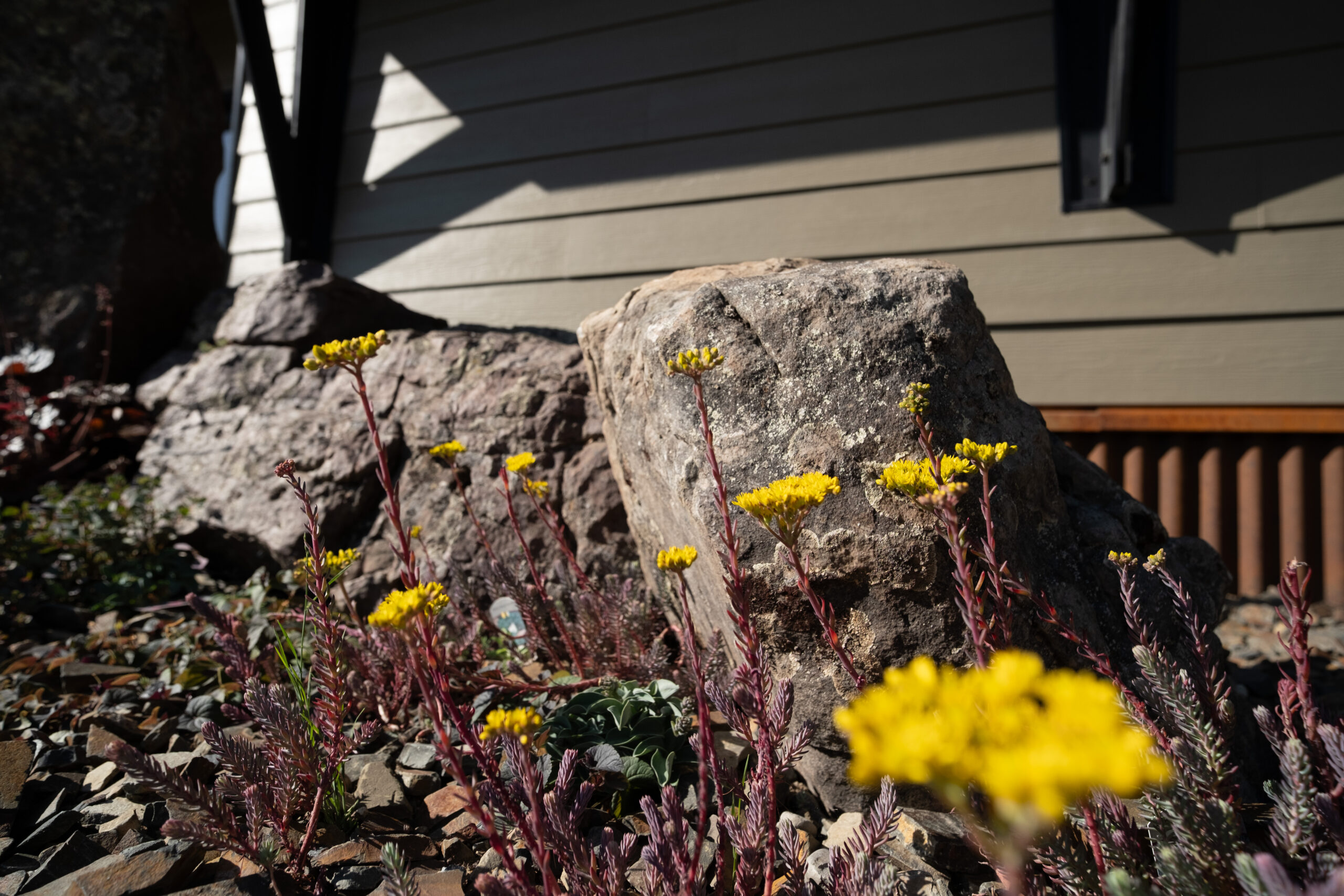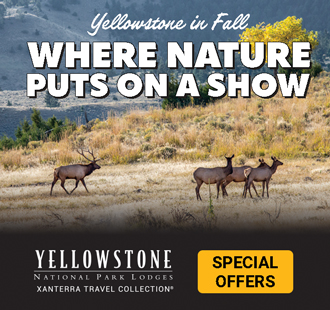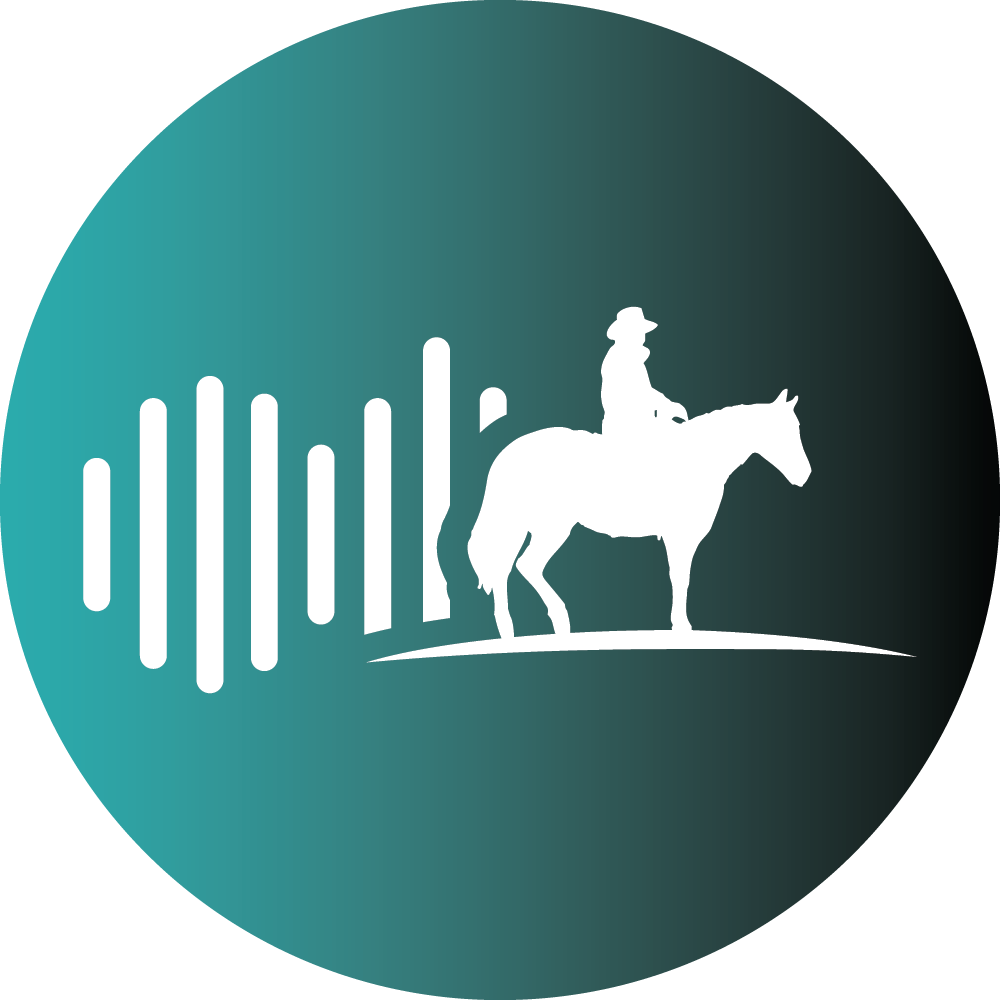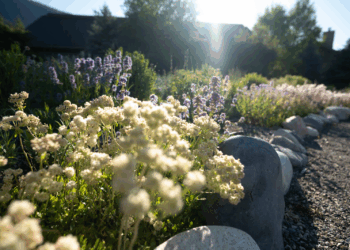By Abby Butler EBS COLUMNIST
The land that makes up modern-day Big Sky has had many uses throughout its history. Once the hunting grounds of Indigenous peoples like the Tukudeka, then home to pioneering ranchers like Augustus Franklin Crail, the area is now the site of an unincorporated mountain community and home to over 2,300 people and, according to Visit Big Sky, almost 388,000 visitors a year.
With development comes the inevitable loss, fragmentation, and degradation of wildlife habitat. When human development replaces or even encroaches on wildlife habitat, the ability for wildlife to find food, water, cover, and places to raise their young is heavily impacted. Disturbance from development doesn’t just take away native plants and key migration corridors, it also introduces the threat of invasive species.
Construction equipment carrying weed seeds on its tires and in the topsoil it delivers to new homes, landscapes designed with non-natives species such as Kentucky bluegrass that require heavy water and fertilizer inputs—all these Big Sky norms make it harder and harder for wildlife to find suitable habitat. Whether they’re passing through HOA open spaces filled with Canada thistle and oxeye daisy—noxious weeds unsuitable for consumption—or bypassing altogether the complex maze of houses on top of historic migration corridors, wildlife are being negatively impacted by development and invasive weeds.
While it’s impossible to restore the land Big Sky now inhabits to what it once was, the land that remains can still steward the wildlife that residents and visitors of Big Sky deeply care for. And to be clear, wildlife doesn’t mean just charismatic megafauna—bears, elk, moose, bighorn sheep, but also the wide diversity of native insects, solitary bees and birds that call this area home.
To begin, wildlife can’t make use of land composed of nothing but invasive plants. Management of invasive species on your property and in shared open spaces is essential to allowing resilient native plants to return. Unfortunately, spreading wildflower seed on topsoil containing five years worth of oxeye daisy seeds—seeds that can last in the soil for up to 39 years—will only result in…you guessed it, more oxeye daisies.
When you are able to plant, choosing native, water-wise, and fire-wise plants ensures that you’re providing habitat for wildlife that have co-evolved with these species for thousands of years. For those perhaps a tad bitter about the tops of their wildflowers getting taken out by elk, here’s a reminder that if something is not eating your plants, then your garden is not part of the ecosystem. However, there are a handful of plant species less palatable to Big Sky’s voracious ungulates that still support other wildlife.

When it comes to landscaping for wildlife, it’s vital to find a balance that promotes both wildlife and the safety of your home. For Big Sky, fire safety is paramount. But following the recommendations for defensible spaces doesn’t mean a barren landscape of rock and more rock. With Alpenscapes as a free resource to landowners in Big Sky, this balance has never been more achievable.
There are also ways to support wildlife in the winter, when the threat of fire cools and snow drifts in. Leaving plant litter—such as dead stems, seed heads, and uncut garden plants— provides nesting sites for native bees or seeds for overwintering birds. Leaving old logs and sticks (coarse woody debris) in small piles in your backyard furnishes a cozy home for a plethora of overwintering insects. Worried about fire? When the snow melts, cut back those dead plants and move that fallen wood away from your property.

Even the smallest of properties can have an impact on the future of Big Sky’s wildlife. Managing noxious weeds, cultivating patches of native grasses, wildflowers, shrubs, and trees in your own yard, and encouraging your HOA to manage your neighborhood’s open space for wildlife goes a long way. Imagine a Big Sky where it’s commonplace to see neighborhoods blooming with blanketflower, Idaho fescue, and sticky geranium, united under the shared goal of stewarding the land we all love.
Abby Butler is the conservation program coordinator for Grow Wild, a 501c3 nonprofit organization that works to conserve native species in the Upper Gallatin Watershed through education, habitat restoration, and collaborative land stewardship. As an organization dedicated to land stewardship and conservation, Grow Wild partners with HOAs and county weed districts to improve wildlife habitat in open spaces through education and technical support, equipping HOAs and residents with the knowledge and skills needed for long-term management. For more information, visit growwildmt.org.














